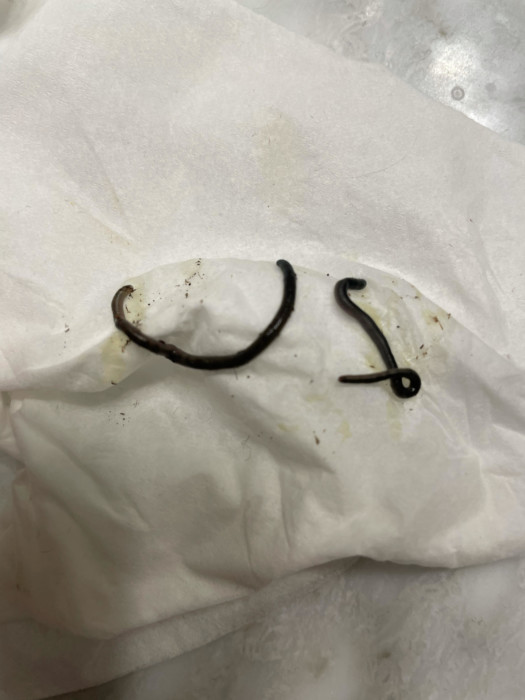
“I found these strange, wriggly guys next to my indoor houseplant that I had watered earlier that day”, states this reader in her submission regarding the long, black worm-like creatures pictured below. “They were squirming around outside of the pot. When I looked in the soil, I saw a few more moving around – maybe brought to the surface after the watering? (For size reference they are on a Kleenex and maybe 1-2 inches long.) My plant group and Reddit are both stumped as to what they are! Sorry for the terrible quality but any ideas would be welcome! I’m located in Toronto, Canada. Thank you!”
Based on the image, we would say these look like blind snakes, mostly because of the uniform shape of their head and their rear: they are indistinguishable from one another, which is one of the main characteristics of the blind snake. Additionally, their round bodies would point to this conclusion as well. It is a shame that the photo is not great quality: if it were, we would be able to see if these creatures have scales. If they did, we would be able to say, with confidence, that these are definitely blind snakes. Yet, what has us doubting this identification is that they typically do not burrow into people’s houseplants.
Blind snakes are non-venomous snakes. They make up some of the smallest species of snakes in the world, and they are not all that common to spot. This is because they usually stick to their underground burrows, where they hunt for termites and ants, eating their larvae and eggs. They even eat some arthropods and their eggs as well. These snakes are not aquatic, so our reader is correct in saying they surfaced when she watered the plant, as they would have had to do so to breathe. Because of their small size and tiny facial features (which is a product of being underground-dwelling creatures), they are often confused with earthworms. We suppose these blind snakes could have hatched in the soil of the houseplant, and that is how they ended up there. In any case, we recommend our reader scoop these critters onto a dustpan and move them outside. We do not think this is a purposeful infestation.
To conclude, these black worm-like creatures look like blind snakes to us, though we cannot say this with 100% certainty, given the low resolution of the photo. Either way, we do not think our reader needs to fear them. We hope this helps and we wish her the very best!
All About Worms is always free, always reader-supported. Your tips via CashApp, Venmo, or Paypal are appreciated! Receipts will come from ISIPP Publishing.
You might also find these guys interesting!




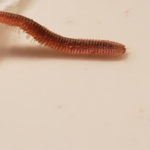
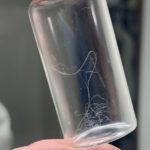
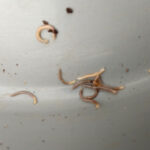
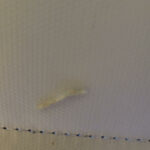
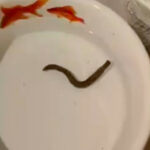
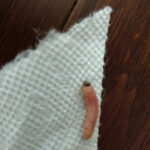
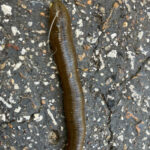
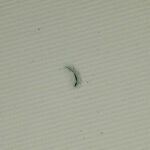
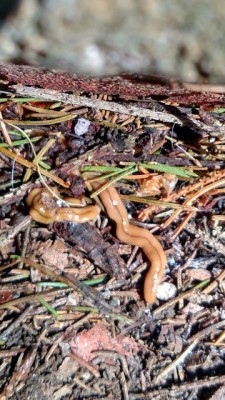

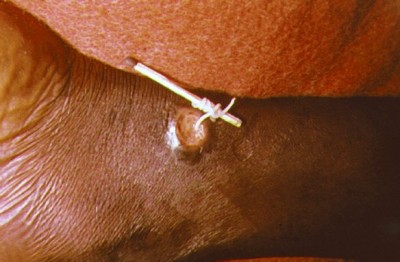



I found the same worms in my house plant here in London. They also came to surface after watering. Some came out onto the floor. Did you manage to find out what they are? Are they normal worms? Or something else?
Thanks!